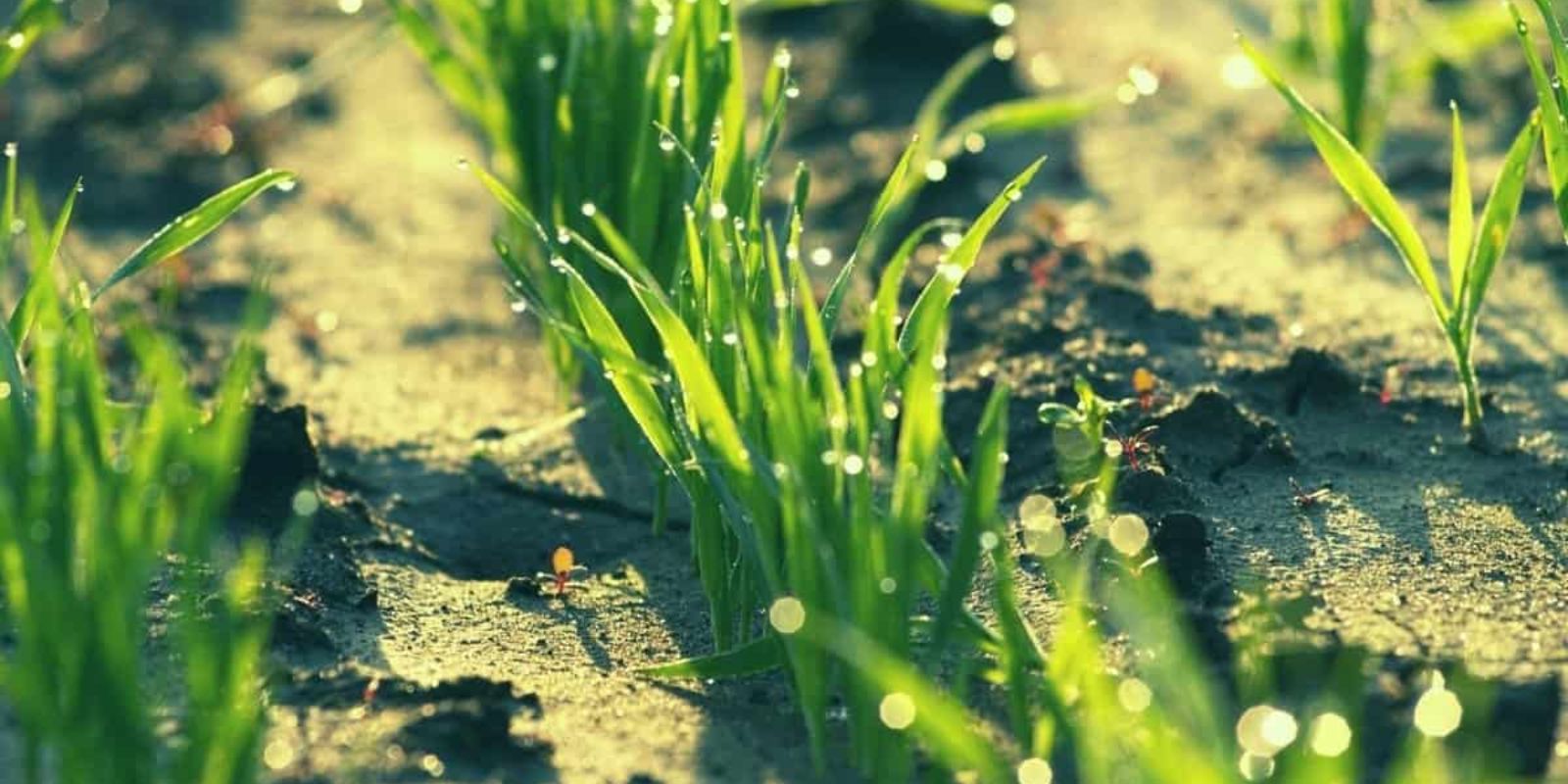Introduction
Clay soil, characterized by its fine particles and dense texture, poses significant challenges for gardeners. It often becomes compacted, leading to poor drainage, limited root growth, and reduced nutrient availability. However, the strategic use of cover crops can dramatically improve clay soil. Cover crops enhance soil structure, increase fertility, and promote a healthier garden ecosystem. This article explores the best cover crops for clay soil, providing a comprehensive guide to transforming challenging soil into a thriving garden bed.
Why Use Cover Crops?
Cover crops are plants grown specifically to benefit the soil rather than for harvest. They are an essential tool for soil management, offering multiple benefits:
- Improving Soil Structure: Cover crops help to break up compacted clay soil. Their root systems create channels in the soil, which enhances aeration and drainage.
- Enhancing Fertility: Many cover crops, particularly legumes, fix nitrogen in the soil, increasing its fertility.
- Reducing Erosion: Cover crops provide ground cover that prevents soil erosion and runoff.
- Adding Organic Matter: When incorporated into the soil, cover crops decompose and add valuable organic matter, improving soil texture and nutrient content.
Choosing the Right Cover Crops
Selecting the appropriate cover crops for clay soil is crucial. Here are some excellent options:
- Red Clover (Trifolium pratense)
- Benefits: Red clover is a nitrogen-fixing legume that improves soil fertility. Its deep root system helps break up compacted soil.
- How to Use: Sow red clover in late summer or early fall. It grows well in cooler temperatures and can be incorporated into the soil before winter.
- Winter Rye (Secale cereale)
- Benefits: Winter rye is known for its ability to improve soil structure and reduce compaction. It also helps prevent erosion.
- How to Use: Plant winter rye in late summer to early fall. It will grow over the winter and can be tilled into the soil in the spring before it goes to seed.
- Oats (Avena sativa)
- Benefits: Oats help to loosen clay soil and add organic matter. They are also excellent for weed suppression.
- How to Use: Sow oats in early spring or late summer. They will grow quickly and can be incorporated into the soil before they set seed.
- Buckwheat (Fagopyrum esculentum)
- Benefits: Buckwheat is effective at loosening soil and suppressing weeds. It grows quickly and adds substantial organic matter.
- How to Use: Plant buckwheat in late spring or early summer. It can be grown as a quick cover crop and incorporated into the soil before flowering.
Preparing the Soil
Before sowing cover crops, prepare your clay soil to create an optimal environment for seed germination:
- Clear Debris: Remove any existing debris, weeds, or old plant material from the soil surface.
- Loosen the Soil: Lightly till or dig the soil to break up the surface. This helps improve seed-to-soil contact and facilitates better germination.
- Level the Surface: Rake the soil to create an even surface, which will help ensure uniform seed distribution.
Sowing the Seeds
Follow these steps for successful sowing:
- Seeding Rate: Adhere to the recommended seeding rates for each cover crop. Over-seeding can lead to competition among plants, while under-seeding may not provide the desired benefits.
- Planting Depth: Sow seeds at the appropriate depth. Generally, seeds should be planted at a depth of 1-2 times their diameter.
- Watering: Water the area thoroughly after sowing to ensure good seed-to-soil contact. Keep the soil consistently moist until the seeds germinate.
Maintaining Cover Crops
To ensure the success of your cover crops:
- Monitor Growth: Regularly check the growth and health of your cover crops. Ensure they are growing well and address any pest or disease issues promptly.
- Weed Control: If weeds become a problem, manage them through manual removal or light hoeing. Avoid disturbing the cover crop too much.
- Watering: Depending on weather conditions, you may need to water the cover crops periodically, especially during dry spells.
Incorporating Cover Crops
When the cover crops reach their peak growth, it’s time to incorporate them into the soil:
- Cutting Down: Use a scythe or garden shears to cut down the cover crops. For larger areas, a mower may be more efficient.
- Tilling: Incorporate the plant material into the soil using a rototiller or garden fork. Aim for a depth of 6-8 inches to mix the organic matter thoroughly.
- Allow Decomposition: After incorporation, allow the organic matter to decompose for a few weeks before planting your main crops. This will enhance soil structure and fertility.
Monitoring Soil Improvement
Observe the changes in soil texture and health over time. Key indicators of improvement include:
- Better Drainage: The soil should drain more effectively, reducing waterlogging and improving root growth.
- Improved Texture: Clay soil will become less compacted and more workable, with better aeration.
- Increased Fertility: Your soil should have higher nutrient levels, supporting healthier plant growth.
Conclusion
Using cover crops is a highly effective way to improve clay soil, enhancing its structure, fertility, and overall health. By selecting the right cover crops, preparing the soil properly, and incorporating the plants effectively, you can transform challenging clay soil into a productive garden bed. Embrace the power of cover crops and enjoy a flourishing garden with healthier soil and more abundant harvests.
Motivational Sentence: Transform your stubborn clay soil into a thriving garden with the magic of cover crops—embrace these natural soil enhancers and watch your garden flourish like never before!

